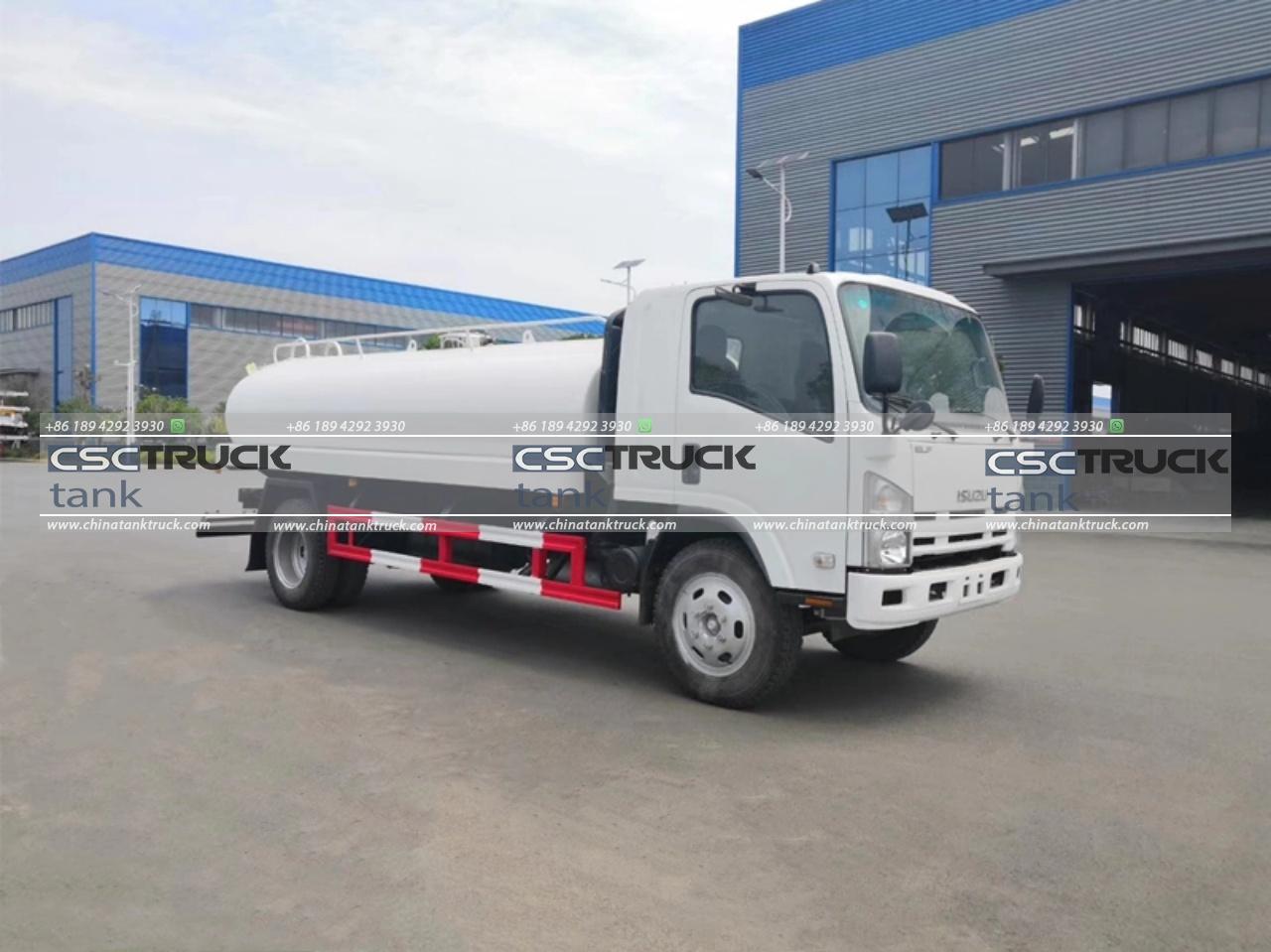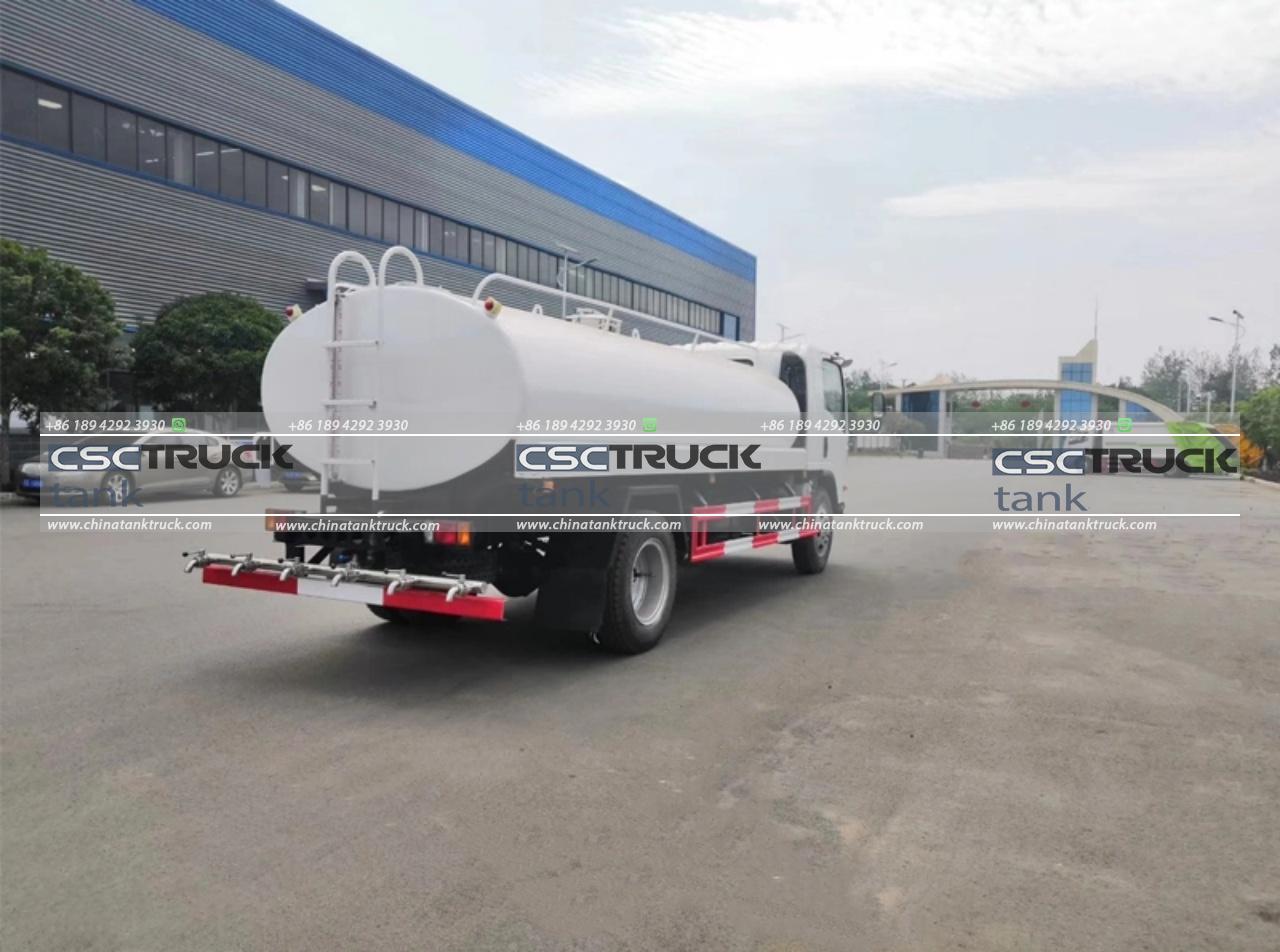How Much Milk Fits in a Milk Truck?
Milk trucks, often referred to as milk tankers, are a critical part of the dairy supply chain, responsible for transporting raw milk from farms to processing plants or distribution centers. The capacity of these trucks is a key factor in ensuring efficiency in milk transportation, minimizing the number of trips required, and reducing the overall cost of transportation. The amount of milk that a milk truck can carry depends on several factors, including the design and size of the truck, the specific regulations governing transportation, and the requirements of the dairy industry.
Types of Milk Trucks
Milk trucks come in various sizes and designs, each tailored to specific transportation needs. The 2 primary types of milk trucks are bulk milk tankers and smaller collection trucks.
1. Bulk Milk Tankers: These are large, heavy-duty vehicles designed to transport substantial quantities of milk over long distances. Bulk milk tankers are typically used to move milk from collection centers or large dairy farms directly to processing plants. They are equipped with insulated stainless steel tanks to keep the milk at the optimal temperature during transportation.
2. Smaller Collection Trucks: These trucks are used to collect milk from multiple small farms or dairies. They are generally smaller in size compared to bulk milk tankers and are designed to navigate rural or less accessible areas. Once the milk is collected, it is often transferred to larger bulk milk tankers for long-distance transport.

Factors Influencing Milk Truck Capacity
Several factors determine how much milk a milk truck can carry, including the size of the tank, the design of the truck, and legal weight limits.
1. Tank Size and Design: The most obvious factor influencing a milk truck’s capacity is the size of its tank. Milk tanker capacities typically range from 3,000 to 8,000 gallons, with the largest tankers being able to hold up to 10,000 gallons or more. The design of the tank also plays a role, as tanks are often divided into compartments to maintain the stability of the liquid during transport. These compartments prevent the milk from sloshing around too much, which could otherwise affect the vehicle’s handling.
2. Weight Limits: Legal weight limits are another critical factor. In most countries, there are strict regulations on the maximum allowable weight of vehicles on public roads. In the United States, for example, the maximum gross vehicle weight (GVW) for trucks is typically 80,000 pounds. The weight of the truck itself, along with the tank and other equipment, must be subtracted from this total to determine how much milk can be transported legally. This means that even if a truck has a large tank, it may not be able to fill it if doing so would exceed legal weight limits.
3. Milk Density: Milk has a density of about 8.6 pounds per gallon, which must be factored into the overall weight calculation. For example, a tanker with a capacity of 7,000 gallons would be carrying about 60,200 pounds of milk. When combined with the weight of the truck and the tank, this might approach or exceed the legal weight limit, necessitating adjustments to the amount of milk carried.
Typical Capacities of Milk Trucks
The capacity of milk trucks can vary significantly depending on the factors mentioned above. Here are some typical capacities for different types of milk trucks:
1. Small Collection Trucks: These vehicles generally have a capacity of around 1,500 to 3,000 gallons. They are used for collecting milk from farms in more remote locations or where road conditions may not allow for larger trucks.
2. Medium-Sized Tankers: These trucks typically carry between 4,000 and 6,000 gallons of milk. They are often used for regional transport, moving milk from farms or collection centers to processing plants within a specific geographic area.
3. Large Bulk Milk Tankers: These are the heavyweights of the milk transportation industry, with capacities ranging from 7,000 to 10,000 gallons or more. They are used for long-distance transport, often traveling between states or even across countries to deliver milk to large processing facilities.

Efficiency Considerations
The capacity of milk trucks is a crucial factor in the overall efficiency of the dairy supply chain. Larger trucks can carry more milk in a single trip, reducing the number of trips required and, consequently, the transportation costs. However, this must be balanced against other considerations such as fuel efficiency, road conditions, and the ability to access farms and processing facilities.
For example, while a large bulk milk tanker might be ideal for transporting milk over long distances on highways, it may not be practical for collecting milk from small farms located on narrow or poorly maintained roads. In such cases, smaller collection trucks are more efficient, despite their lower capacity.
Regulations and Industry Standards
The dairy industry is heavily regulated, and milk transportation is no exception. In addition to legal weight limits, there are also stringent standards governing the cleanliness and temperature control of milk trucks. Milk must be kept at a temperature of 39°F (4°C) or lower during transport to prevent spoilage. Insulated tanks help maintain this temperature, but regular checks are required to ensure compliance.
Moreover, milk trucks are subject to rigorous cleaning protocols to prevent contamination. Tanks must be thoroughly cleaned and sanitized after each use, and records of these cleanings are often required by law. This adds another layer of complexity to milk transportation, as trucks must be available not only for transport but also for regular maintenance and cleaning.

Conclusion
The capacity of a milk truck is a key factor in the efficiency and effectiveness of the dairy supply chain. While the exact amount of milk that can be transported in a single trip varies depending on the size of the truck, legal weight limits, and other factors, milk trucks typically carry between 3,000 and 10,000 gallons. Balancing the need for large capacities with considerations of efficiency, accessibility, and regulatory compliance is essential for optimizing milk transportation and ensuring that fresh milk reaches consumers in the best possible condition.

